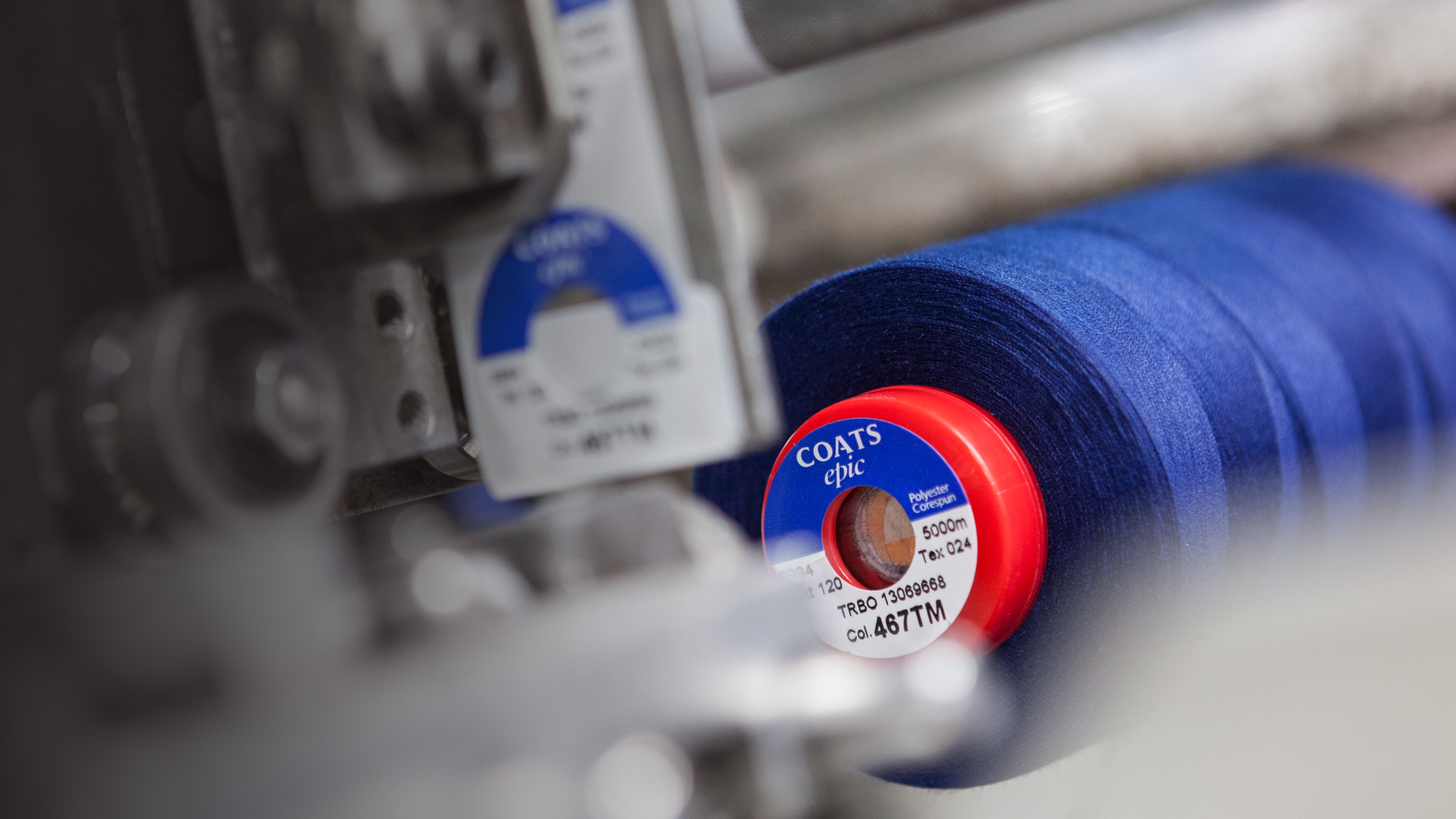- Weekly One Process
- Posts
- Thread Production
Thread Production
Unraveling the Intricate Thread Production Process: From Fiber to Fabric
Unraveling the Intricate Thread Production Process: From Fiber to Fabric
What is thread?
Thread, the essential building block of textiles, is an integral part of our daily lives. It connects fabrics, stitches garments together, and plays a pivotal role in various industries, including fashion, automotive, and medical.
However, the thread production process is a fascinating journey involving precision, technology, and expertise. In this article, we delve into the intricacies of thread production, from the initial fiber selection to the final spool of thread ready for use.
How it’s made?
Fiber Selection
The thread production process begins with selecting the right fiber type. Natural fibers like cotton, wool, silk, and linen offer distinct properties and are favored for specific applications. On the other hand, synthetic fibers like polyester, nylon, and rayon are renowned for their durability and versatility. The choice of fiber depends on the thread's intended use, desired characteristics, and budget.
Here are some raw materials used to make threads:

Cotton

Wool

Flaxseed
Fiber Preparation
After fiber selection, the raw material undergoes preparation to ensure uniformity and cleanliness. This process involves cleaning, carding, and blending the fibers. Carding aligns the fibers to form a web-like structure, while blending mixes different fibers to achieve desired qualities such as strength, softness, or color. Once prepared, the fibers are drawn into thin strips known as rovings.

Roving frame
Spinning
The next process is spinning process where the real transformation from roving to thread occurs. Roving is fed into spinning machines, where it undergoes drafting and twisting. Drafting stretches and thins the roving, while twisting imparts strength and cohesion. The spinning machines twist the fibers into a continuous, fine thread, which is then wound onto bobbins.
Ply and Twist
Single threads can be used for certain applications, but for added strength, flexibility, and versatility, multiple threads are often combined through a process called plying. Plying involves twisting two or more single threads together, creating thicker and more robust yarns. The number of plies and the direction and tightness of the twists influence the final characteristics of the thread.

As you can see the term "S" or "Z" twist direction is derived from the diagonal of these letters following the direction of the twist. “S” twist is sometimes referred to as right twist and “Z” twist is sometimes referred to as left twist.
Yarn Winding
The plied thread is then wound onto larger spools known as cones or bobbins. Yarn winding machines ensure even distribution and tension, preparing the thread for subsequent processes like dyeing or weaving.

Dyeing and Finishing
Dyeing is a critical step in the thread production process, as it adds color to the thread. Threads can be dyed at various stages, such as raw fibers, rovings, or finished yarns. Dyeing is followed by finishing processes, which may involve applying lubricants or other treatments to enhance the thread's performance and appearance.

Dyeing
Quality Control
Throughout the entire production process, quality control plays a vital role. Skilled technicians examine the thread at various stages, checking for consistency, strength, color accuracy, and other relevant attributes. Defective threads are removed to ensure only high-quality products reach the market.
The journey of thread production is a fascinating combination of art, science, and technology. From the selection of raw fibers to the final spool of thread, every step requires precision and attention to detail. The right combination of fibers, spinning techniques, and finishing processes creates threads suitable for a wide range of applications, catering to diverse industries worldwide. Next time you pick up a piece of clothing or any fabric-based item, take a moment to appreciate the intricate process that brought the thread to life, connecting and intertwining the world one stitch at a time.
References:

